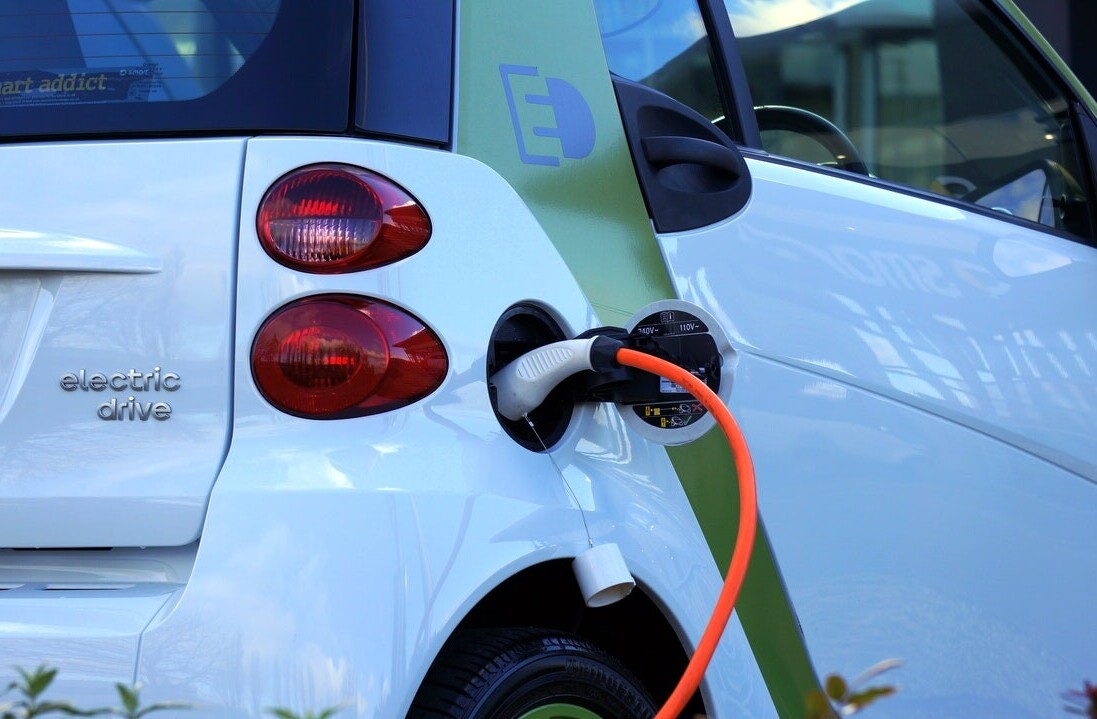While electric cars are gaining momentum, gradually replacing gas-guzzlers, the electrification of larger vehicles such as long-haul trucks and planes is proving to be a tough challenge.
We need more time to make the tech work and, in the interim, a stepping stone fuel between gasoline and electric batteries. That’s where natural gas comes in.
Comprising methane as its primary component, natural gas is an intriguing alternative to regular fuel. It’s abundant, has an established distribution network, a high hydrogen-to-carbon ratio, and, in turn, moderate carbon emissions compared to gasoline.
Mind you, natural gas is still a fossil fuel, meaning it’s also damaging for the environment — but it’s the lesser of two evils on our way to electrification. So why aren’t we using it already at a large scale?
Storing natural gas is tricky business
Storage is a huge challenge — and hinders natural gas adoption. This is because it needs to be stored under very high pressure — about 700 times atmospheric pressure — which requires complex and expensive tanks.
To make methane usable, scientists needed to figure out the best way to both store it a lower pressure, and cycle it up to the level required by a vehicle’s engine. That figure, friends, is between five and 80 times atmospheric pressure.
So what’s the new solution to natural gas’ storage issue?
A research team at the University of Michigan — led by professor of chemistry Adam Matzger found that synthetic metal–organic frameworks (MOFs) presented untapped potential to store methane.
MOFs are rigid, porous structures composed of metals linked by organic ligands. Using computational screening, the team scanned nearly one million MOFs from 21 different databases, searching for potential matches with the right characteristics.
They found three specific MOFs worked well with methane, mainly because they contain small pores that can attract gas molecules. The materials can store methane through a process called adsorption, in which the molecules of a substance cling to the surface of a material, making storage at low pressures possible.
With this technique, running vehicles on natural gas becomes far more feasible. A fuel storage chamber filled with adsorbent MOFs eliminates the need for expensive tank designs, as the material can store the gas at low pressures.
“The thing that sets this study apart is that we set the record for methane storage,” Matzger explained to University of Michigan News. “These MOFs are better than any other methane storage material previously identified, and so that helps us figure out whether we’re getting close to a practical system.”
If other scientists can build on Matzger’s research and create a scalable way for vehicles to store and use natural gas, it could have untold benefits. Of course, the end goal is complete electrification, but we’re still a long way from commercial planes running on battery power — and natural gas could be the perfect stopgap before we get there.
You can find the full research here.
Get the TNW newsletter
Get the most important tech news in your inbox each week.






